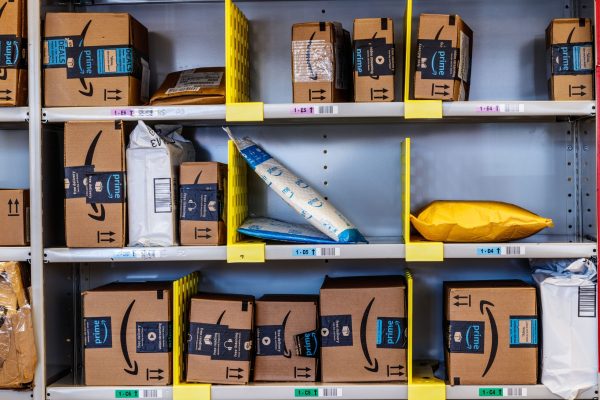With so many benefits to digitising your supply chain, why are businesses not jumping at the chance to work more effectively and efficiently? With a range of software and digitisation strategies available, maybe there’s too much choice; or perhaps businesses don’t know where to start. Either way, let Sprint Logistics help show you why digitally transforming your supply chain is key to a future-proofed business.
Analyse your existing supply chain
The first step is to examine your current supply chain and identify which links are working and what could be improved. While doing so, it’s essential to ensure you keep in mind your business goals: what – exactly – are you trying to achieve with digitisation?
Start with data; do you collect and generate all the data you need? Are you losing information, or not storing it in a way that makes it accessible and easy to use? For that data, do you then have appropriate analytical capabilities to gain insights into your supply chain? Finally, look at your software and hardware; is it working for you? Where can improvements be made?
Benefits of digitising your supply chain
Once you understand the strengths and weaknesses of your existing supply chain, you can implement the most effective digitisation strategy and begin to reap the benefits from end-to-end.
Decision making: Machine-learning systems gather and analyse data, enabling supply chain managers to make better-informed decisions and deal more effectively with situations, such as managing a sudden increase in customer orders, based on previous events, average dispatch times, and more.
Automation: Streamlining the supply chain through automation frees up time for staff, so they can focus on more valuable tasks. Automating tasks such as data gathering (e.g. automated S&OP preparation and workflow management) means supply chain professionals don’t have to spend hours on administrative tasks.
Customer engagement: With improved tracking and notifications for parcel progress, keep customers in the loop and offer total transparency to boost loyalty and increase repeat purchases, whilst also giving supply chain managers more control.
Sprint Logistics: Supply Chain Digitisation
Full visibility is needed from end to end on modern supply chains, as the demands of larger partner networks, encompassing warehousing, last-mile delivery and more, require advanced levels of productivity and efficiency. To achieve this, and maintain your competitive edge, digitising the supply chain is essential.
Sprint Logistics offers a range of services that support your digitisation strategy; our online stock control solution offers a personalised ordering system that enables you to monitor stock in real time, while our BOLT marketing logistics and distribution platform puts you in control.
To find out more about digitising your supply chain, contact one of our expert account managers today.




